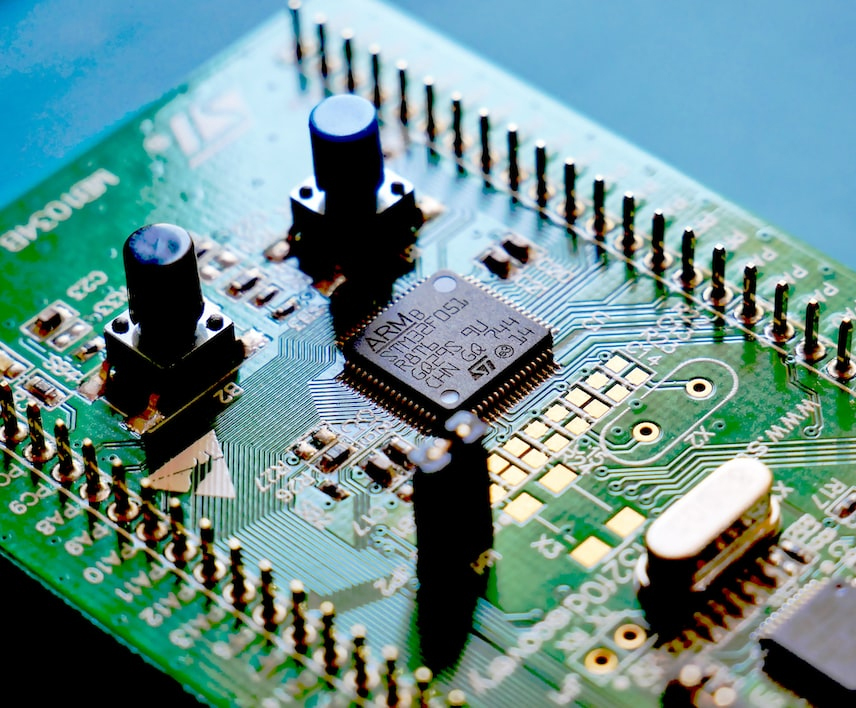Contact
Write to Us And We Would Be Happy to Advise You.
Do you have any questions, or would you like to speak directly with a representative?
By hqt

Printed circuit boards (PCBs) are the backbone of any electronics project. They are essential for almost any electrical device, from computers to smart appliances, cars, and drones. A PCB is a printed circuit board consisting of layers of carbon-coated conductive sheets known as substrates. A printed circuit board is an electronic board that has connections etched on it that allow electrical signals to be transmitted between different components. It’s a small but important piece of most electronics projects, and they’re fairly easy to make yourself. In this article, we’ll explain how you can make your own PCBs using toner transfer methods and offer advice on what to look out for when buying pre-made PCBs.
- A printed circuit board design - The first thing you’ll need is the design of your printed circuit board. There are a number of free software programs (Eagle and KiCad) that you can use to design your PCB. You can also use online design tools like PCB Wiz. These will let you create your PCB design and then export the design file that you’ll need to create your PCB. - A PCB manufacturer - Next, you’ll need to find a manufacturer that can make your PCBs. The best way to do this is to get in touch with other electronics designers and makers in your area and see if they can recommend any PCB manufacturers that they use. - A soldering iron - You’ll also need a soldering iron to assemble your PCBs. You can find soldering stations with all the necessary tools for around $50.
The toner transfer method is a simple process to make PCBs. You can use this method to transfer etch resist to a copper board, which is then etched to create a printed circuit board. Etch resist is a thin, transparent protective layer that is applied to the PCB board. Toner is a powdery substance used in laser printers that, when applied to the etch resist, will transfer to the copper board. - The first step is to print your PCB design onto a transfer paper. - Next, you’ll need to apply an anti-tacking layer to the copper board. This will prevent the toner from sticking to the copper board. - Now you’ll apply the etch resist to the copper board. Make sure you apply it in a way so that the etch resist does not cover the parts of the board that you want to remain copper. - You’ll now apply the toner to the etch resist. Make sure that you apply it with a light hand so that the toner does not cover the copper traces. - Last but not least, you’ll now iron the toner onto the copper board. - Once you’ve ironed the toner on, you can now peel away the etch resist and your printed circuit board is ready!
- First, a photoresist is applied to a substrate to give it an insulating layer. - Next, a copper film is applied to this substrate to form a copper circuit. - Now, the copper film and photoresist are etched away to create the circuit pattern on the substrate. - The last step is to apply a protective coating to protect the printed circuit board. - The printed circuit board is cut to size and is ready to be used with electronic components! - You can use a printed circuit board for a variety of applications. - You can use a printed circuit board in wearable electronic applications, robots, and much more! - Printed circuit boards are an essential part of any electrical device, from computers to smart appliances, cars, and drones. - So now you know how you can make your own printed circuit boards at home.
- You might want to start with pre-made PCBs for your first project and then try making your own PCBs for subsequent projects. There are a number of online PCB manufacturers that you can use to buy PCBs. You can search for “PCB manufacturers” to find a list of them. - You can also use sites like PCB Wiz that offer both PCB design software and a PCB buying platform. - In this way, you can get all the tools you need to create your PCB design and then buy the PCBs from the website directly from your account.
Once you know how to make a PCB, there’s no limit to what you can create. Printed circuit boards are an essential part of any electrical device, from computers to smart appliances, cars, and drones. You can use a PCB to create almost anything you want, whether it’s a new gadget or an improved version of an existing device. With a PCB in hand, your electronics projects will be well on their way to success. Now you know how you can make your own PCBs at home with a toner transfer method. So get started today and make your first PCB!
Do you have any questions, or would you like to speak directly with a representative?